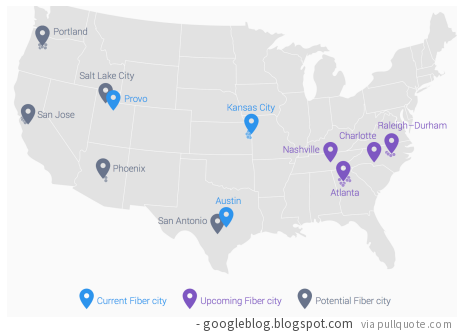Recent quotes:
Association of Dietary Fiber and Yogurt Consumption With Lung Cancer Risk: A Pooled Analysis | Lifestyle Behaviors | JAMA Oncology | JAMA Network
The analytic sample included 627 988 men, with a mean (SD) age of 57.9 (9.0) years, and 817 862 women, with a mean (SD) age of 54.8 (9.7) years. During a median follow-up of 8.6 years, 18 822 incident lung cancer cases were documented. Both fiber and yogurt intakes were inversely associated with lung cancer risk after adjustment for status and pack-years of smoking and other lung cancer risk factors: hazard ratio, 0.83 (95% CI, 0.76-0.91) for the highest vs lowest quintile of fiber intake; and hazard ratio, 0.81 (95% CI, 0.76-0.87) for high vs no yogurt consumption. The fiber or yogurt associations with lung cancer were significant in never smokers and were consistently observed across sex, race/ethnicity, and tumor histologic type. When considered jointly, high yogurt consumption with the highest quintile of fiber intake showed more than 30% reduced risk of lung cancer than nonyogurt consumption with the lowest quintile of fiber intake (hazard ratio, 0.67 [95% CI, 0.61-0.73] in total study populations; hazard ratio 0.69 [95% CI, 0.54-0.89] in never smokers), suggesting potential synergism.Researchers alter mouse gut microbiomes by feeding good bacteria their preferred fibers -- ScienceDaily
"Fiber is understood to be beneficial. But fiber is actually a very complicated mixture of many different components," says senior author Jeffrey Gordon, a microbiologist at the Washington University School of Medicine in St. Louis. "Moreover, fibers from different plant sources that are processed in different ways during food manufacturing have different constituents. Unfortunately, we lack detailed knowledge of these differences and their biological significance. We do know that modern Western diets have low levels of fiber; this lack of fiber has been linked to loss of important members of the gut community and deleterious health effects." The researchers started by testing 34 food-grade fiber preparations, many purified from byproducts of food manufacturing such as peels from fruits and vegetables that are thrown out during production of processed foods and drinks. They used mice initially raised under sterile conditions and then colonized with human gut microbes. The animals were fed a high-fat, low-fiber diet representative of diets typically consumed in the United States, with or without different types of supplemental fibers. The goal was to identify those fibers that were best at boosting the levels of key fiber-degrading bacterial species and promoting the expression of beneficial metabolic enzymes in the microbiome.Google ignores the northeast and midwest?

